Dangers Involved in DIY Investing Without a Financial Advisor

With the advent of financial technology and easily-available information online, many investors have started adopting DIY (Do-it-Yourself) investment techniques. The pandemic has also further amplified the need for such investment methods. But even though the DIY investment approach offers several advantages, the risks and dangers overpower the pros by a great margin. This is because financial matters are much more complicated than they appear, and to be successful, a DIY investor needs immense focus, wide knowledge, far-sightedness, investment logic, a holistic market view, patience, attentiveness, and much more. Moreover, all these qualities must work in sync to prove beneficial for an investment portfolio. But the hard truth is that only a few of all investors can implement these skills efficiently and benefit from them. Whereas engaging with a professional financial advisor with the right expertise and experience has proven more effective for investors of all kinds.
Vanguard, an investment firm, that has been trying to examine the importance of a financial advisor for 15 years, concluded in a report that expert financial advisors create a quantifiable increase in the return of a portfolio. The world’s largest investment firm refers to this theory as the Advisor’s Alpha. The study further specifies that if a set of best investment practices are followed, the Advisor Alpha can on an average add on a full 3% incremental return per year to a portfolio. Besides, an exhaustive study conducted by Russell Investments also concluded that a good financial advisor has the potential to increase portfolio investment returns by 3.75%.
Given such numbers, it is worthwhile to understand the dangers involved in DIY investing if you are contemplating the decision of going this route.
A DIY investor has a high risk of making these mistakes:
- Emotionally-driven investment decisions: A major risk for DIY investors is that they are more likely to make financial decisions based on emotions rather than logic. However, a primary advantage of hiring a professional in such a case is that they eliminate a lot of emotional decision-making for their clients. Generally, DIY investors that are involved in a risky portfolio tend to react quickly and emotionally to changes in the stock market. This may be because DIY investors may not have proper knowledge regarding stock market fluctuations and often fall prey to short-term volatility instead of preserving their long-term goals. Alternatively, an advisor can assist with investment decisions that will be more logically-driven and will keep an emotional distance from your funds. The decisions, in this case, will be based on your long-term goals. The advisor will also help to create an asset allocation strategy that best aligns with your risk comfort level, age, financial objectives, and life-stage. Usually, a DIY investor lacks such a comprehensive investment approach and ends up causing harm to their portfolio.
- Restricted investment strategies: Another danger of DIY investing is that the investor will adopt a more restricted than an all-encompassing investment approach. This implies that sometimes, owing to several factors, a DIY investor might forget important aspects that should govern investment decisions. For example, a DIY investor may overlook the impact of inflation while selecting the target funds. Inflation is inevitable, and it is not feasible to create a portfolio that does not account for inflation. Consider a 40-year-old DIY investor who aims to buy a house at the age of 65. At present, the value of the house is $2 million. So, the DIY investor saves and invests in a manner to be able to collect $2 million only. Now, at the time of retirement (25 years later), the value of the house is $4.7 million, considering a 3.5% increase annually. In such a case, the financial plan of a DIY investor would fail. However, in a similar situation, a financial advisor would react differently. They would structure the portfolio with assets that offer returns to offset the impact of inflation in the long-run and help the investor buy the house eventually. Some other investment mistakes that a DIY investor is more likely to make include relying heavily on contingent assets or inheritance. However, logically, investment goals should be determined as per a person’s real assets value rather than contingent assets or inheritance. Depending on contingent assets like high-end bonuses, family inheritance, etc., can often falter a sound investment plan. Besides this, a few other things that can harm the portfolio of a DIY investor are failure to consider life expectancy, over-diversification or under diversification, holding excessive mutual funds in a sole investment style, owning too many individual stocks, etc.
- Improper tax planning: As per studies, an average American pays nearly $10,500 as income tax in a year. This is approximately 14% of an average American household budget. Hence, it is important to adopt smart tax strategies to minimize your tax liability. But tax management is intimidating and confusing. With constantly changing tax rules and government guidelines, a DIY investor has more chances of missing out on critical tax aspects. Moreover, a DIY investor may not be aware of all the possible tax-saving tools and opportunities. This could lead to improper tax planning that can impact savings and long-term financial security. This also increases the chances of a DIY investor outliving their assets sooner than anticipated, ultimately failing the entire financial plan. On the other hand, a professional financial advisor has expertise in this field. They could help create tax-efficient strategies, such as charitable donations, opting for tax-averse investment options, creating a tax-friendly portfolio, choosing the right tax-advantaged retirement accounts, selecting qualified dividends with favorable tax treatment, and much more. Further, these advisors can deploy tax-loss harvesting and capital gain offsetting strategies to lower your tax burden. For instance, if you have long-term or short-term capital gains, with a considerably lower income, your advisor can create strategies enabling you to qualify for a 0% capital gains tax rate. However, for this, your taxable turnover should be less than $78,750 and $39,375 in the long- and short-term gains, respectively.
- Inefficient retirement planning: A major financial goal for all investors is to plan for an adequate retirement. But retirement planning requires precise planning and management. DIY investors lack such detailed understanding of all aspects of retirement planning, retirement savings accounts, withdrawal rules, drawing penalties, tax-advantages, returns on savings, etc. This in turn, leads them to create an inefficient and restricted retirement plan. As a result, most DIY investors lack confidence in their retirement finances and stability. That said, in such cases a financial advisor can prove extremely beneficial. These professionals have years of experience in retirement planning and are completely aware of the different retirement accounts, their tax-advantages, withdrawal strategies, and more. Such acumen enables a financial advisor to create a fool proof and feasible retirement plan, assuring financial security in the latter part of your life. Your advisor can create a retirement plan that will consider your current income, financial liabilities, pending work-life, the standard of living, retirement goals, etc. Further, a financial advisor can enable you to remain focused on your savings goals to ultimately accumulate a large corpus for retirement. The professional can also create and restructure your investment portfolio from time-to-time to ensure it correctly balances risk and reward and meets your financial objectives. These advisors can help you maximize your retirement account contributions, gain tax-advantages, and diversify your funds to garner higher returns. You will be better equipped to evade penalties and unnecessary taxes during the withdrawal of retirement funds. Whereas such comprehensive planning may not always be feasible in the case of the DIY investment mode.
- Incompetent account withdrawal planning: A major part of investing right is knowing which accounts to target. Most often, the choice is based on tax-advantages offered by different saving vehicles like an IRA (Individual Retirement Account), a 401(k), Roth IRA, etc. The tax advantages accrue to deposits, returns, and withdrawals of all these accounts. But not all accounts provide the same tax benefits. Choosing the wrong account or not deploying smart strategies can result in hefty tax penalties while withdrawing money from these accounts. Therefore, it is important to have a well-planned withdrawal structure that aims at minimizing taxes and maximizing savings. In such a complicated sphere, the judgment of a DIY investor may not always be accurate. A DIY investor might miss out on minute details, such as the minimum age for withdrawals, the amount for tax-free withdrawals, strategies to evade taxes, etc. However, a professional financial advisor can provide you with updated information on withdrawals from such retirement accounts and help you create strategies that aim to fortify returns.
- Unwise decisions concerning Social Security benefits: Social Security benefits are a huge financial support for retirees. However, if not planned strategically, Social Security can cause a hefty tax burden and ultimately, impact your savings. A DIY investor might not be able to apply the right tactics to maximize their returns. However, a financial advisor can help you improve Social Security returns.
A Morningstar study found that investors often receive rewards lower than the potential of the funds they invest in. This is because investors, due to lack of proper guidance, switch to fund options after they have done well in the market, and abandon funds right before they begin to rise in value. In all, they sell low and buy high, which severely impacts their portfolio returns.
For example, the IRS (Internal Revenue Service) can levy a 10% penalty on the sum withdrawn from a 401(k) before the age of 59.5. But you also cannot keep money in this account for an indefinite period as the IRS applies the RMD (Required Minimum Distribution) rule. The 2019 SECURE Act specifies 72 years as the age for RMDs from an IRA or similar workplace retirement plan. But this restriction was removed by the CARES Act 2020. However, for 2021, the RMDs have made a comeback. The 2021 RMD calculation will be based on the 2020 account value. This might result in a greater amount of RMD for 2021. Such frequent changes can be hard to keep track of by DIY investors. However, since financial advisors are experts in their field, you have the assurance that they would be consistently apprised of any such developments.
A person who takes Social Security benefits at the age of 68 (one year after the official retirement age) can secure returns up to 108% of the total monthly benefits. Further, as per a study, an average retiree can increase their Social Security benefits by more than 50%, if they choose to delay withdrawals until the age of 70. Moreover, women who apply for Social Security funds at the age of 70 are eligible for an annual bonus of approximately 8%. A financial advisor can help you incorporate the right Social Security strategies in your financial plan based on your age, gender, and goals.
To sum it up
In all, when assessing the dangers involved in DIY investing, the results are daunting. Whereas when comparing how easily and efficiently a professional financial advisor can help navigate complex financial waters, the importance of professional acumen is strongly established. Even the most seasoned DIY investors are likely to make investment mistakes and let their emotions get in the way of smart financial decisions from time to time. Alternatively, taking wholesome financial decisions and investing in a diversified, risk-balanced, return-optimized, and multi-asset portfolio recommended by a financial advisor can be more beneficial.
So, when it comes to your future financial security and peace of mind, it would be beneficial to take advice from a professional financial advisor rather than doing it all yourself. You can use our free tool to find up to 3 financial advisors to find the one best suited to your needs.







.jpg)


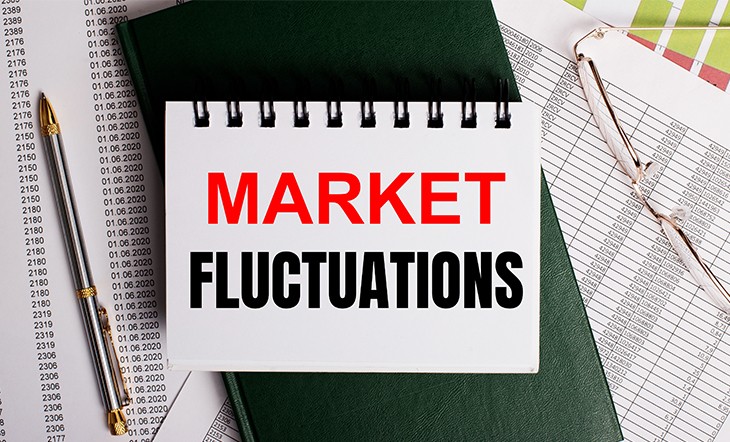










.jpg)





.jpg)

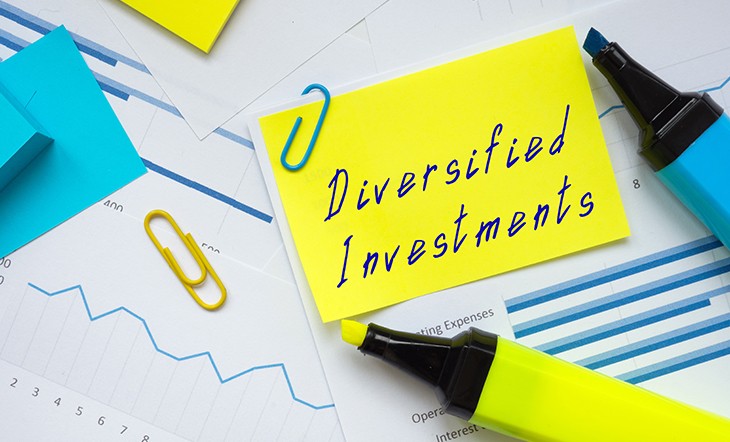
.jpg)


.jpg)

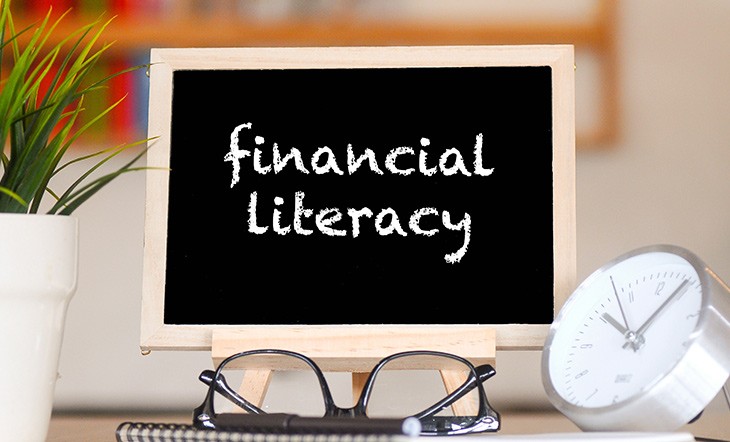







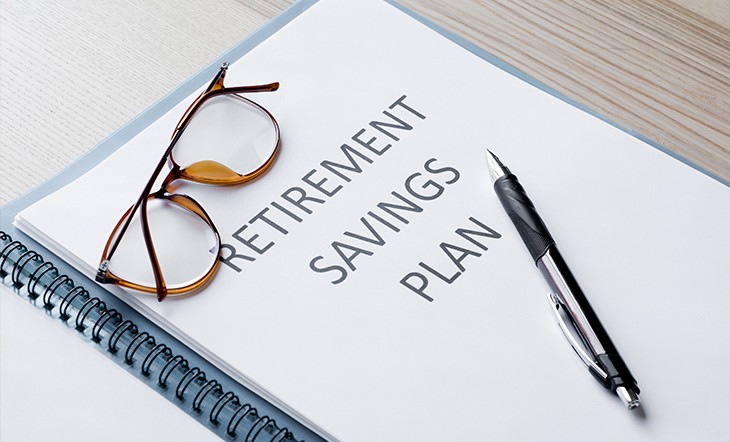
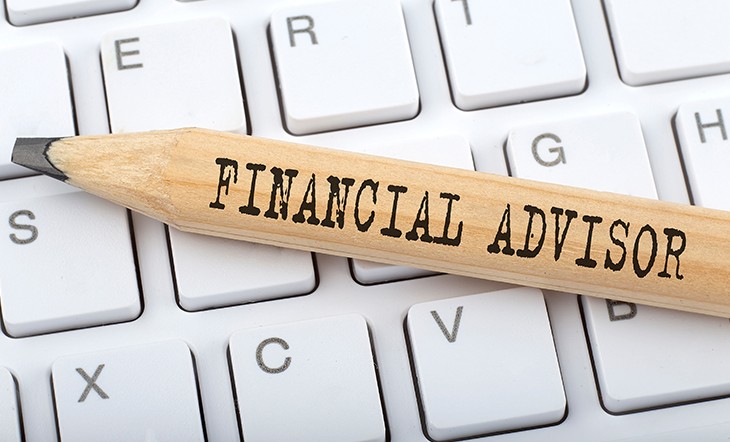




.jpg)




.jpg)




.jpg)


.jpg)


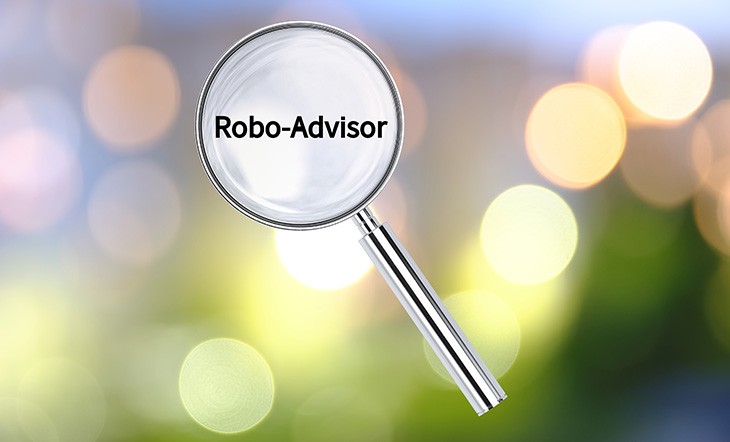



.jpg)

.jpg)






.jpg)

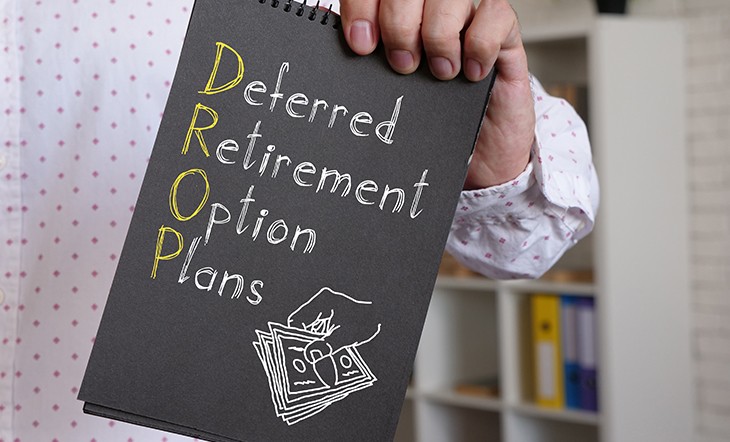


.jpg)

.jpg)



.jpg)
.jpg)





.png)
.jpg)
.jpg)




.jpg)

.jpg)

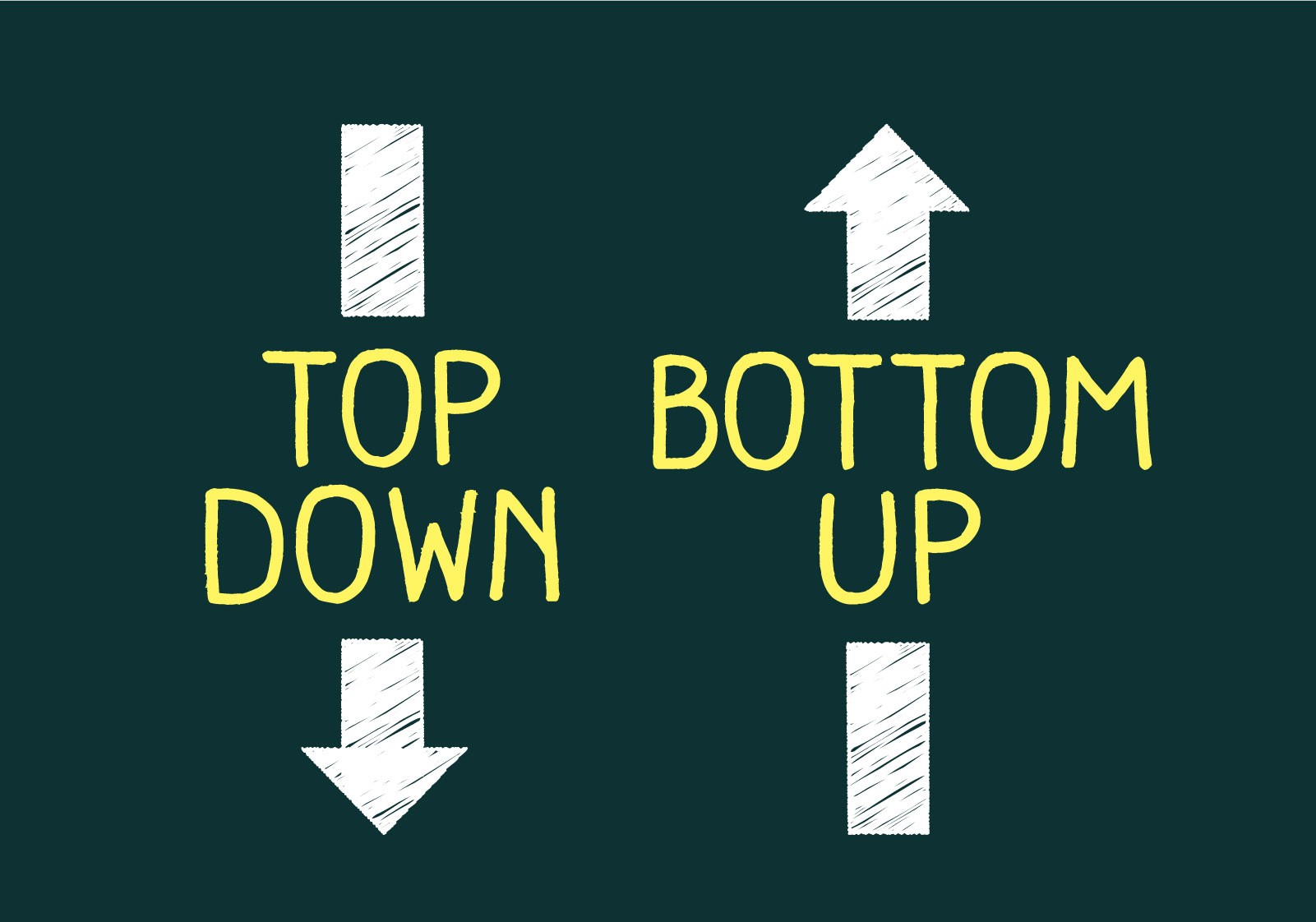
.jpg)


.jpg)

.jpg)

.jpg)
.jpg)
.jpg)

.jpg)

.jpg)




.jpg)


.jpg)

.jpg)


.jpg)
.jpg)
.jpg)
.jpg)
.jpg)

.jpg)




.jpg)
.jpg)
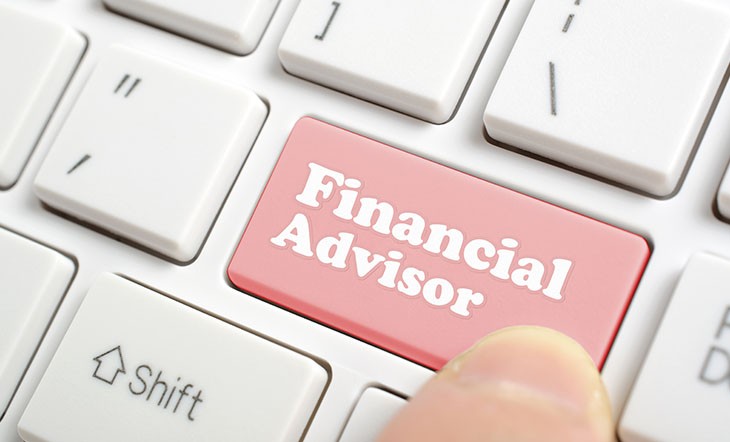

.jpg)
.jpg)
.jpg)
.jpg)

.jpg)
.jpg)















.jpg)

.jpg)


.jpg)



.jpg)












.jpg)



